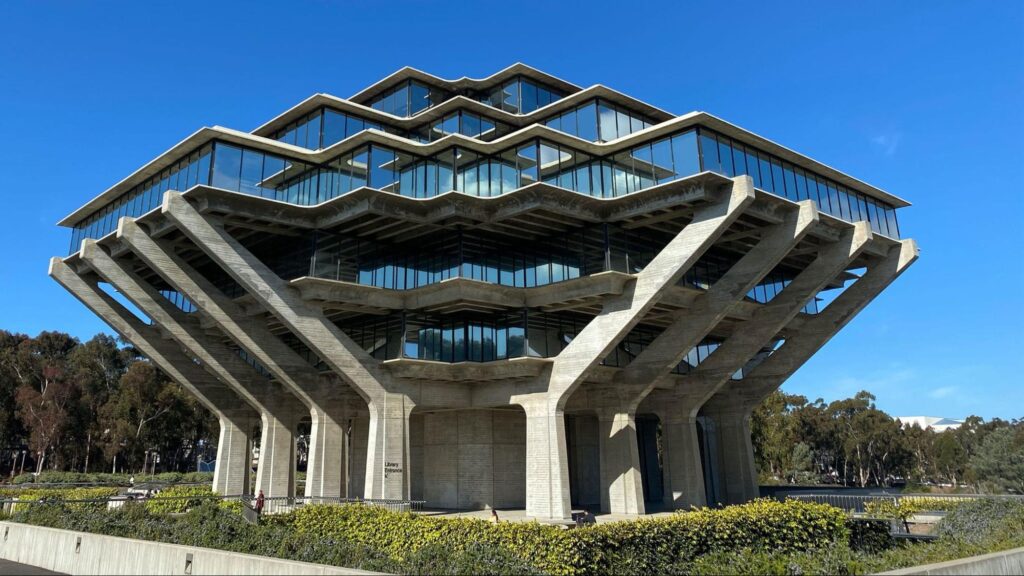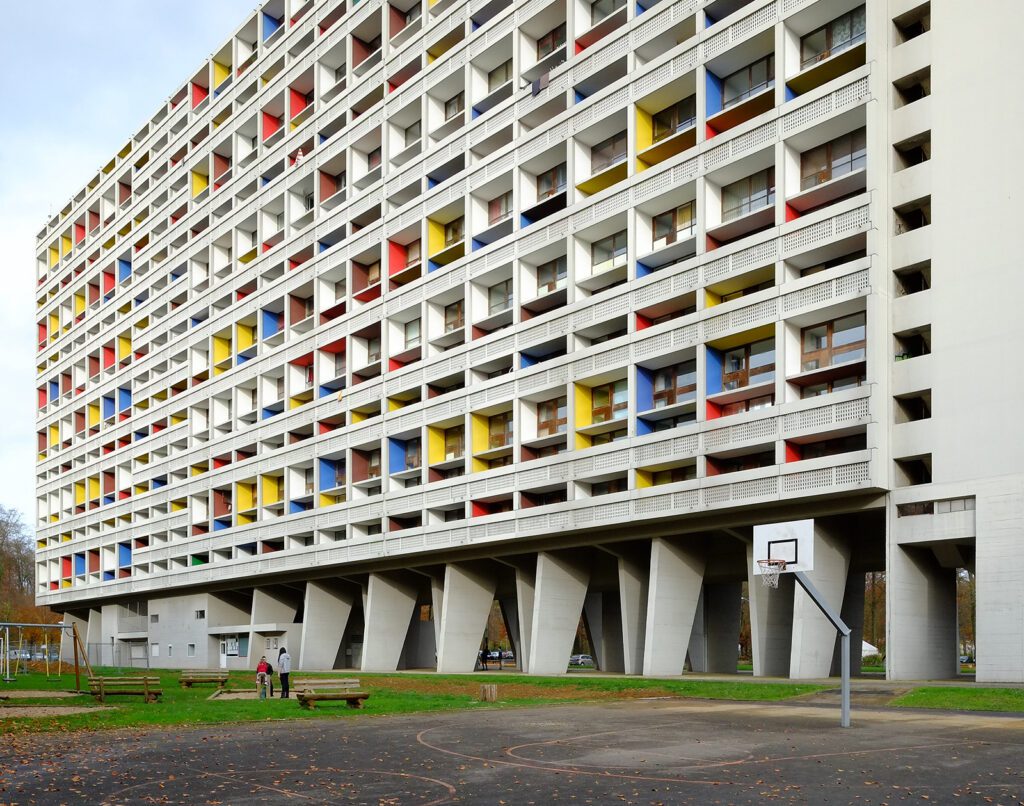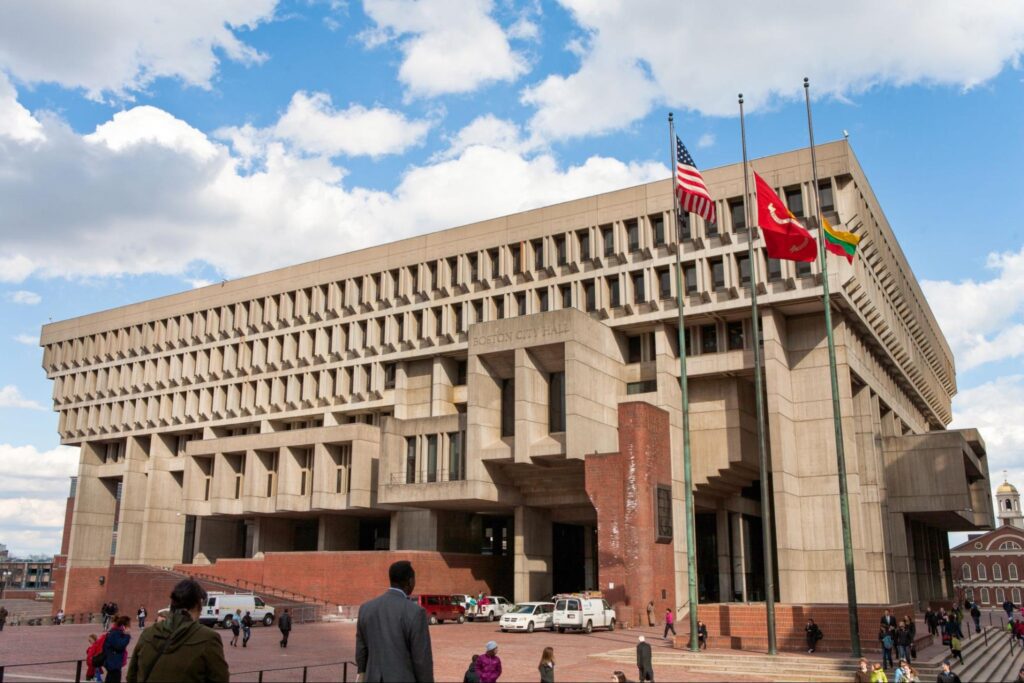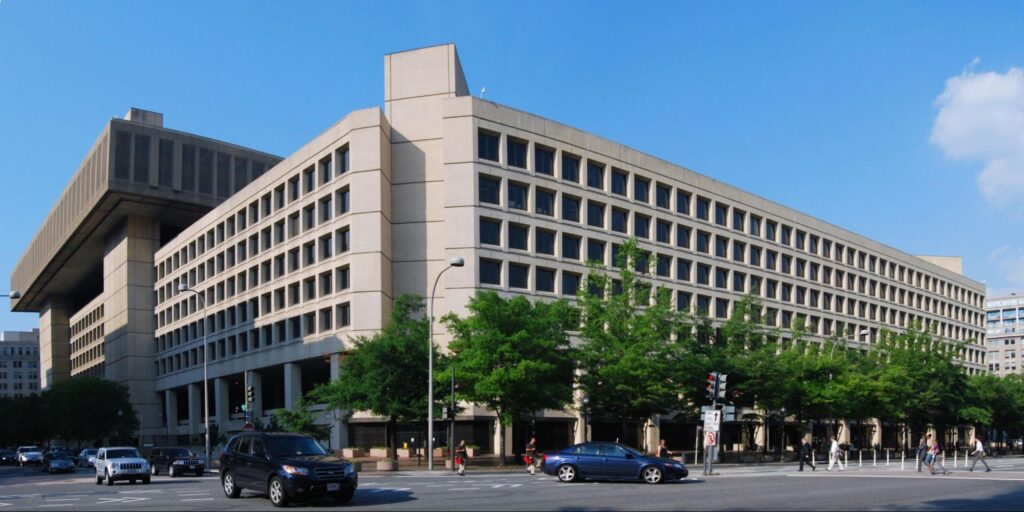Is Brutalist Architecture Really the World's Ugliest?
- 4 min read
- October 23, 2023
Massive, monochrome, blunt—these are just a few synonymous words that others use to describe “BRUTALISM.” This architectural style was a projection of raw, unforgiving dominance and was created by some of the world’s most forward-thinking architects. Some celebrate it for its boldness and unique aesthetic, while others decry it as an eyesore. How can one architectural style be celebrated by a certain group while others hate it just as much?

How it all started
Concrete was a widely used construction material in the 1920s, known for its affordability and widespread availability around the world. In the aftermath of World War II, with many buildings torn, concrete became a prominent choice for rebuilding large-scale structures and residential housing in devastated cities. Many architects opposed the decorative and passive glass facades of earlier structures, giving rise to brutalism.

The term “brutalism” is derived from the French term “beton brut,” which means raw concrete. This term was popularized by the pioneering modern architect and painter, Le Corbusier, for introducing reinforced concrete in architecture. Le Corbusier’s catalyst for this style was the Unite d’Habitation in Marseille, France, completed in 1952. This residential housing project departed from his earlier stark, white facade, villas showing reinforced beton-brut, which represented the harsh realities of the post-World War II—weathered, worn, and unforgiving.

Current times

Despite its rich historical and architectural significance, appreciation for Brutalism has been an ongoing challenge. While many consider brutalism tragically misunderstood, its future remains uncertain. Numerous brutalist structures are increasingly at risk of demolition, and two of them even ranked as the ugliest buildings in a poll of the U.S., notably the J. Edgar Hoover Building in D.C. and the Boston City Hall. Another criticism against brutalism is the aging of the raw concrete used in construction, which often exhibits signs of water damage and decay, detracting from its overall aesthetic.

However, a renewed interest in brutalism has recently emerged as a social media trend. With over 1.3m posts on Instagram using #brutalism, people are actively working to preserve examples of Brutalist architecture. Youtuber DamiLee expressed that brutalism is particularly photogenic, with its distinctive texture and the interplay of intense light conditions making it a perfect backdrop for captivating photographs.

While the cries for the demolition of brutalist structures persist, it’s essential to acknowledge their importance in our architectural history. Preserving brutalist architecture is not about preserving a mere trend but keeping a legacy of a generation of architects who challenged the status quo and pushed construction boundaries. The loss of these buildings would entail losing a chapter of our architectural history.
Was this insightful? Give a thumbs up or post a comment.
For more of our blogs, check out https://mgsglobalgroup.com/blog/.




